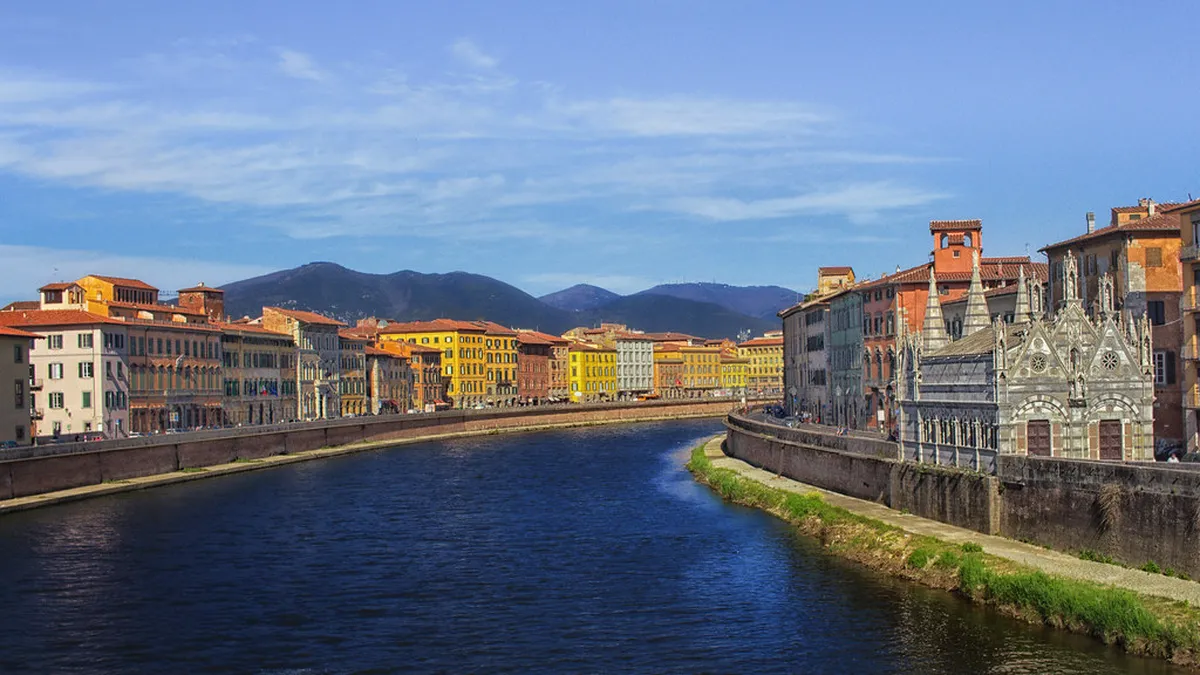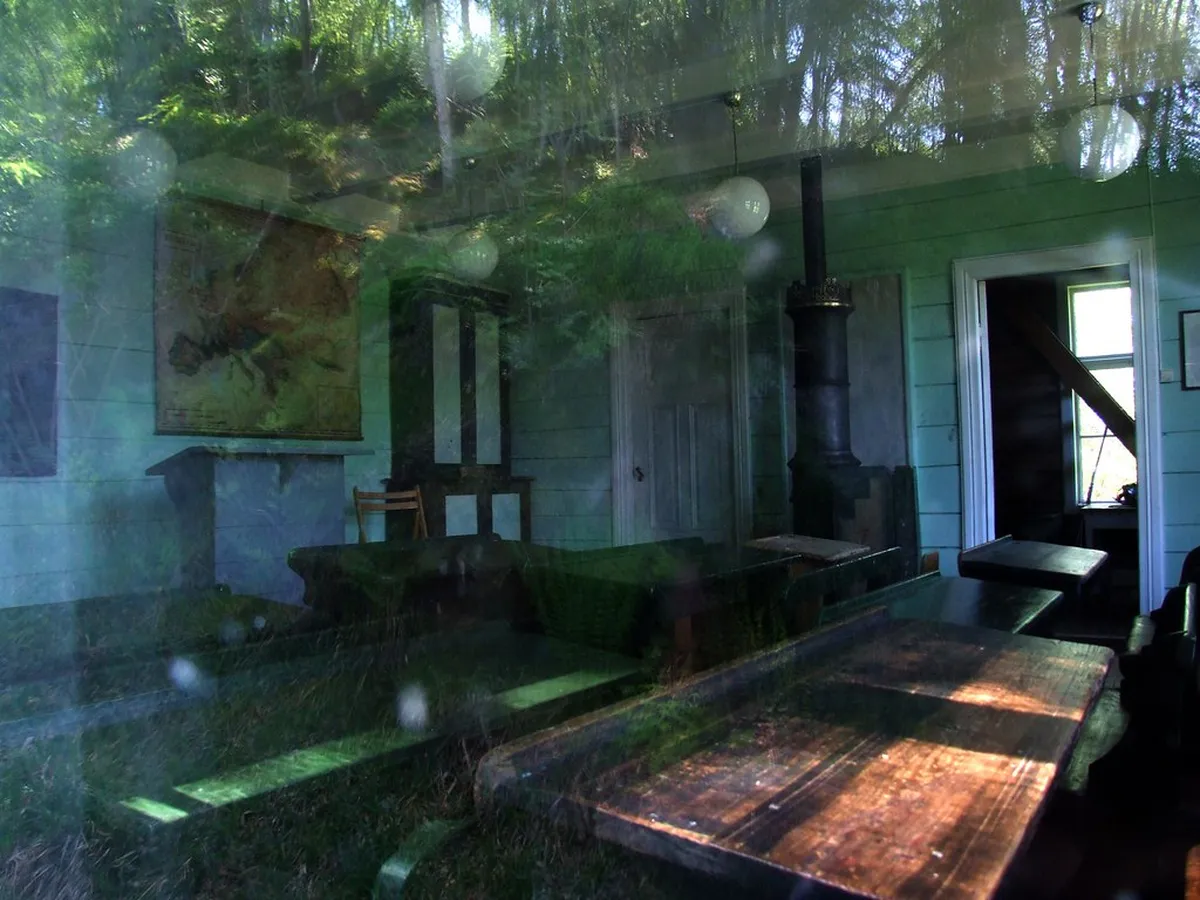Accessible Tokyo: A Complete Guide for Travelers with Mobility Needs
Tokyo has made remarkable strides in improving accessibility, transforming into a surprisingly navigable city for visitors with mobility needs. This comprehensive guide addresses the accessibility features of Tokyo's transportation systems, attractions, accommodations, and dining establishments, providing essential information for wheelchair users and travelers with limited mobility. With proper planning using the resources provided here, you can experience the wonders of Tokyo with confidence and independence. Find the best shopping experiences with our Tokyo shopping guide.
Key Takeaways
Plan this trip faster with our free online itinerary maker. Get a personalized day-by-day plan in minutes.
- Tokyo's public transportation network features extensive elevators, accessible gates, and priority spaces on trains and buses
- Major attractions like Tokyo Skytree, Senso-ji Temple, and many museums offer wheelchair-friendly facilities and routes
- Accessible accommodation options range from international hotel chains to specialized ryokan experiences
- Free wheelchair rentals are available at many tourist destinations and transportation hubs
- Digital resources and accessibility apps help navigate the city and locate barrier-free facilities
Navigating Tokyo's Transportation System
Tokyo's public transportation network has undergone significant improvements in accessibility, making it increasingly navigable for travelers with mobility requirements. Understanding these systems is essential for exploring the city efficiently and independently. Coordinate your travel plans with our Tokyo itinerary. Plan your perfect trip with our Tokyo itinerary.
The Tokyo Metro and Toei Subway networks have prioritized accessibility with elevators at approximately 90% of stations. Each station maintains at least one barrier-free entrance, clearly marked with international accessibility symbols. Large stations typically offer multiple elevator options, though they may require slightly different routes than stairs or escalators. The Japan Accessible Tourism Center provides detailed station maps highlighting elevator locations and accessible routes. Find the best shopping experiences with our Tokyo shopping guide.
JR Lines, including the convenient Yamanote loop line, feature accessible platforms with elevators and ramps. Most stations have wheelchair-accessible gates wider than standard ticket gates. Priority spaces for wheelchair users are available on all trains, typically near the doors marked with accessibility symbols on platform floors. Station staff are trained to assist with boarding using portable ramps when needed. Map out your exploration with our Tokyo itinerary. Enhance your Tokyo experience with our Tokyo itinerary.
Pro Tip: During rush hours (7:30-9:30 AM and 5:30-7:30 PM), consider using station staff assistance for boarding, as trains become extremely crowded. For comprehensive timing guidance, consult our Tokyo Transportation Guide. Enhance your Tokyo experience with our Tokyo itinerary.
Airport Access has been designed with accessibility in mind. Both Narita and Haneda airports offer fully accessible facilities including elevators, accessible restrooms, and assistance services. The Narita Express and Tokyo Monorail (from Haneda) feature dedicated wheelchair spaces and accessible boarding procedures. Additionally, accessible airport limousine buses provide direct service to major hotels. Find the best shopping experiences with our Tokyo shopping guide.
Taxis present another convenient option, with an increasing number of wheelchair-accessible vehicles in Tokyo. These universal design taxis feature ramps or lifts and can be booked through services like Tokyo MK Taxi or Japan Taxi app, which allow you to specifically request accessible vehicles. Plan your perfect trip with our Tokyo itinerary.
Wheelchair-Friendly Attractions
Many of Tokyo's most popular attractions have implemented accessibility features, allowing visitors with mobility needs to experience the city's highlights. Enhance your Beppu experience with our Beppu itinerary. Create your ideal travel schedule with our Takayama itinerary.
In Asakusa, the historic Senso-ji Temple is surprisingly accessible with smooth, paved pathways throughout most of the temple grounds. While the main hall has several steps, a wheelchair lift is available (staff assistance required). The surrounding Nakamise Shopping Street is level and navigable, though it can become congested with visitors. For a comprehensive Asakusa visit, our Tokyo Itinerary suggests optimal timing to avoid crowds. Enhance your Hiroshima experience with our Hiroshima itinerary.
Modern attractions like Tokyo Skytree exemplify contemporary accessibility standards with elevators serving all observation levels, accessible restrooms on every floor, and priority lanes for visitors with disabilities. Similarly, Tokyo Disneyland and DisneySea offer comprehensive accessibility services, including wheelchair rentals, accessible ride queues, and detailed accessibility guides. Discover the best local cuisine with our Kagoshima food guide.
Cultural sites vary in accessibility. The Tokyo National Museum in Ueno Park provides elevator access to all exhibition areas and smooth pathways throughout. The Meiji Shrine features accessible pathways through its forested grounds, though some areas have gravel surfaces that may present challenges. The Imperial Palace East Gardens offer designated accessible routes, though some sections contain slopes and uneven surfaces.
Several city parks provide excellent accessible experiences. Shinjuku Gyoen features paved pathways through most areas and accessible facilities. Ueno Park, home to multiple museums and the zoo, has largely barrier-free pathways, though certain sections contain hills.
Accessible Accommodations
Finding appropriate accommodations forms a crucial part of planning an accessible Tokyo visit, with options ranging from international hotels to specially adapted traditional experiences.
International hotel chains typically offer the most reliable accessibility features. The Tokyo Marriott, Hilton Tokyo, and Hyatt Regency Tokyo maintain multiple accessible rooms designed to international standards, featuring roll-in showers, grab bars, and sufficient turning space. These properties also provide accessible public areas including restaurants, fitness facilities, and business centers.
Several Japanese hotel chains have also embraced accessibility. Keio Plaza Hotel in Shinjuku offers universal design rooms with thoughtful features like adjustable-height basins and emergency call buttons. Mitsui Garden Hotels across Tokyo have incorporated accessibility features in newer properties, though specifications vary by location.
For a more authentic experience, some ryokan (traditional Japanese inns) have adapted rooms for accessibility while maintaining cultural elements. Sawanoya Ryokan in the Yanaka district offers accessible rooms with private facilities, providing a traditional tatami experience without barriers. Similarly, Ryokan Kamogawa near Asakusa features select barrier-free rooms while offering traditional hospitality.
Pro Tip: When booking accommodations, specify not just the need for an "accessible room" but your particular requirements, as standards can vary. Request photos of bathrooms and entryways in advance when possible.
For extended stays or family travel, serviced apartments like Citadines Shinjuku and Tokyu Stay properties offer accessible units with kitchenettes and more space than typical hotel rooms. These accommodations provide greater independence for longer visits to Tokyo.
Dining and Shopping Accessibility
Experiencing Tokyo's renowned food culture and unique shopping is possible with knowledge of accessible options throughout the city.
Department stores and shopping malls generally offer excellent accessibility with elevators, accessible restrooms, and wide aisles. Major centers like Tokyo Midtown, Roppongi Hills, and Tokyo Solamachi (at the base of Tokyo Skytree) are fully accessible and house numerous dining options ranging from food courts to fine restaurants, all with wheelchair-accessible seating areas.
Traditional shopping streets present mixed accessibility. While newer developments like Omotesando Hills feature modern accessibility standards, historic shopping areas like Ameyoko Market may have narrow passages and steps. Takeshita Street in Harajuku has level access but can become prohibitively crowded, particularly on weekends.
Restaurant accessibility varies significantly across Tokyo. Large restaurant chains, food courts, and establishments in newer buildings typically provide accessible entrances and restrooms. Tsukiji Outer Market includes several accessible eateries, though some smaller establishments have limited space. For detailed food recommendations, our Tokyo Food Guide highlights restaurants with accessible facilities.
Many traditional izakaya (Japanese pubs) and ramen shops present challenges with steps, narrow entrances, or inaccessible seating. However, modern interpretations of these dining experiences can be found in accessible settings throughout Tokyo's shopping centers and hotel dining arcades.
Practical Accessibility Resources
Utilizing available resources and services enhances the accessible travel experience in Tokyo, providing practical support for various needs.
Wheelchair rental services are available at major train stations (Tokyo, Shinjuku, Shibuya), airports, and tourist information centers. Many attractions also offer complimentary wheelchair loans, including Tokyo Skytree, major museums, and department stores. For longer stays, medical supply companies like Wellbe provide equipment rental with delivery to accommodations.
Digital resources have transformed accessible travel planning. The Bmaps app provides crowdsourced information about barrier-free facilities across Tokyo, including elevator locations, accessible restrooms, and step-free routes. Japan Accessible Tourism Center offers detailed guides and personalized itinerary planning services for travelers with various accessibility requirements.
The Tokyo Tourist Information Centers (located at major stations and areas like Asakusa) provide accessibility maps highlighting barrier-free routes and facilities. Staff can assist with accessible itinerary suggestions and contacting accommodations with specific requests.
Traveling with a service animal? Our Pet-Friendly Tokyo guide includes information about accommodations, transportation options, and parks that welcome service animals, along with relevant regulations for international visitors bringing assistance animals to Japan.
Essential Japanese phrases related to accessibility can facilitate communication. Having these written in Japanese can help when staff don't speak English:
- "Is there wheelchair access?" (Kurumaisu de hairemasu ka?)
- "Where is the elevator?" (Erebētā wa doko desu ka?)
- "I need an accessible bathroom" (Barifurī toire wa arimasu ka?)
Sample Accessible Tokyo Itinerary
This condensed three-day itinerary focuses on attractions with good accessibility features, minimizing transportation challenges while experiencing Tokyo's highlights.
Day 1: Modern Tokyo
- Morning: Explore Tokyo Skytree and surrounding Solamachi shopping complex with fully accessible facilities
- Afternoon: Visit Ueno Park and the Tokyo National Museum with paved pathways and accessible exhibits
- Evening: Enjoy dinner at Ueno no Mori Sakura Terrace with accessible outdoor seating (weather permitting)
Day 2: Traditional Experiences
- Morning: Visit Senso-ji Temple in Asakusa, using accessible pathways through the main areas
- Afternoon: Experience Hama-rikyu Gardens with its accessible tea house and paved paths
- Evening: Dine at Tokyo Station Kitchen Street with multiple accessible restaurant options
Day 3: Contemporary Culture
- Morning: Explore Roppongi Hills complex and the accessible Mori Art Museum
- Afternoon: Visit Tokyo Midtown for shopping and the 21_21 Design Sight museum
- Evening: Enjoy accessible dining and entertainment options in Odaiba, including TeamLab Borderless digital art museum
For more detailed itinerary options, our 5-Day Tokyo Itinerary can be adapted with the accessibility information provided in this guide.
Frequently Asked Questions
How wheelchair-friendly is Tokyo compared to other major cities?
Are Tokyo's subway and train stations accessible?
Can I rent a wheelchair in Tokyo?
Are accessible public restrooms available in Tokyo?
Is assistance available for navigating Tokyo's transportation system?
Tokyo continues to improve its accessibility infrastructure, making it increasingly welcoming for travelers with mobility needs. By utilizing the resources outlined in this guide and incorporating accessibility considerations into your Tokyo itinerary, you can experience the city's remarkable blend of tradition and innovation with greater ease and independence. Remember that advance planning and flexibility remain key to a successful accessible Tokyo adventure.



